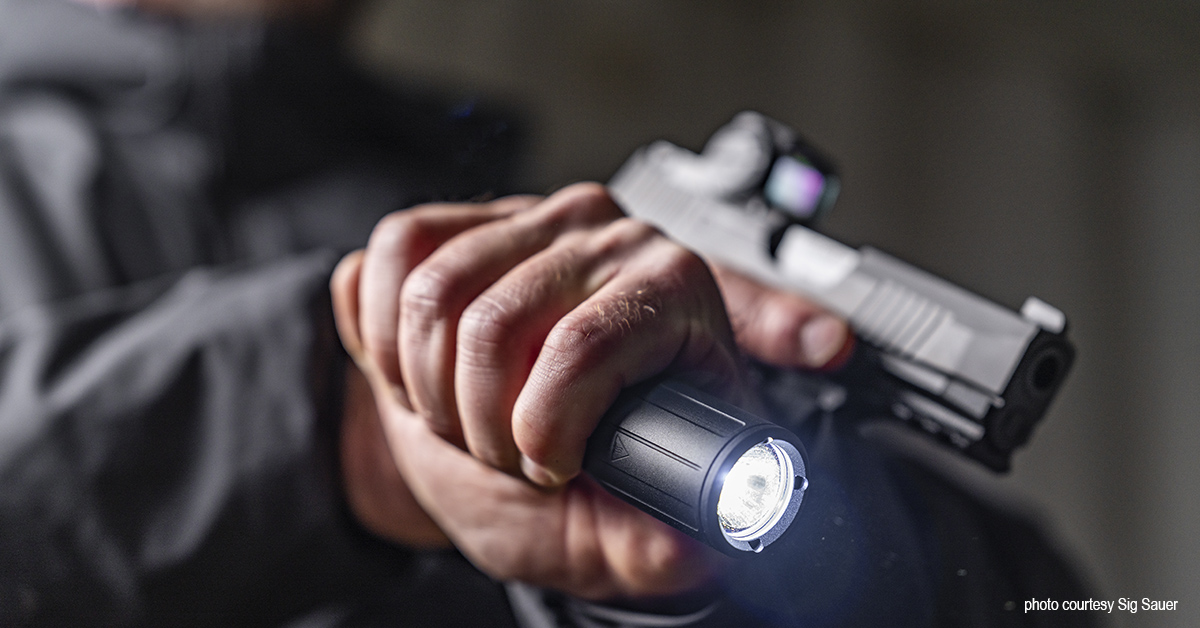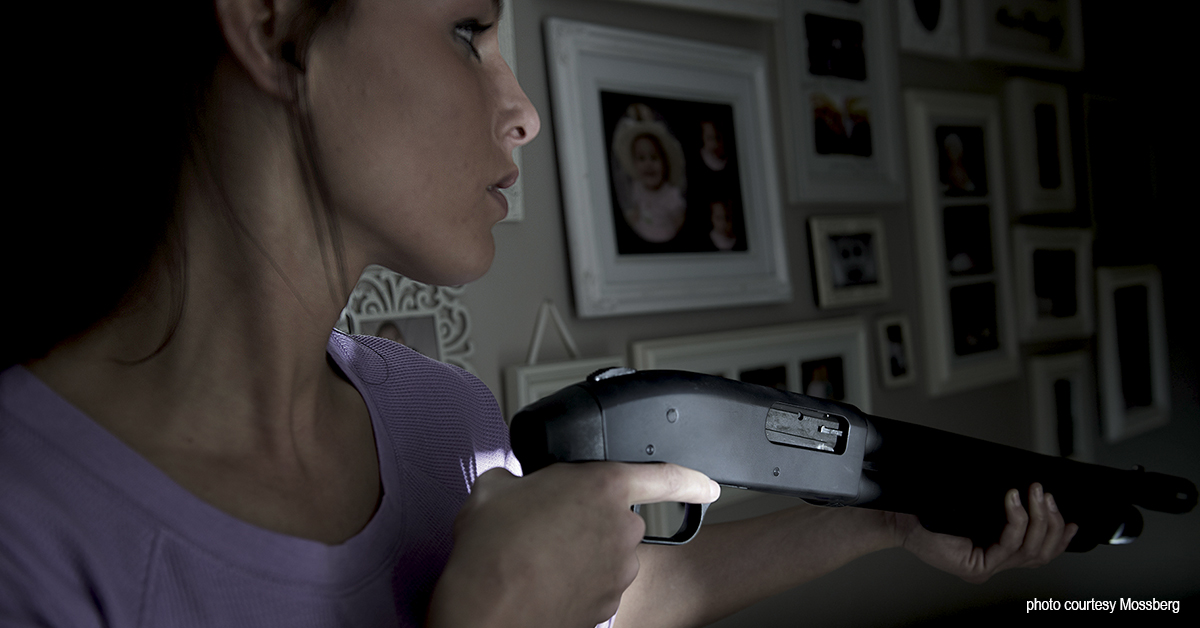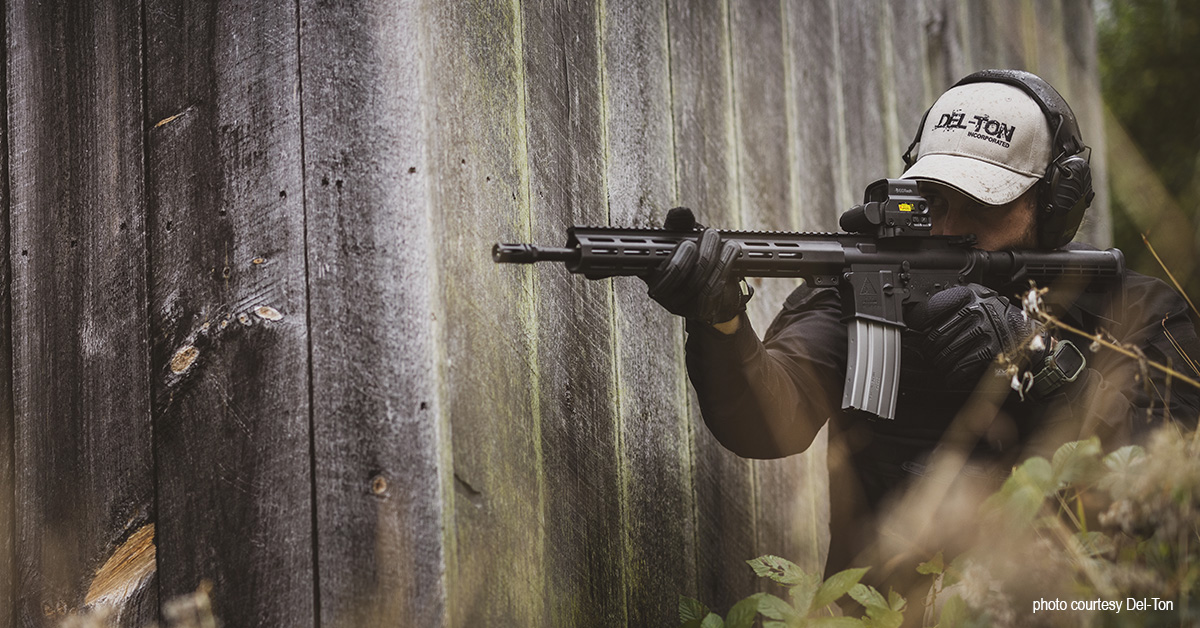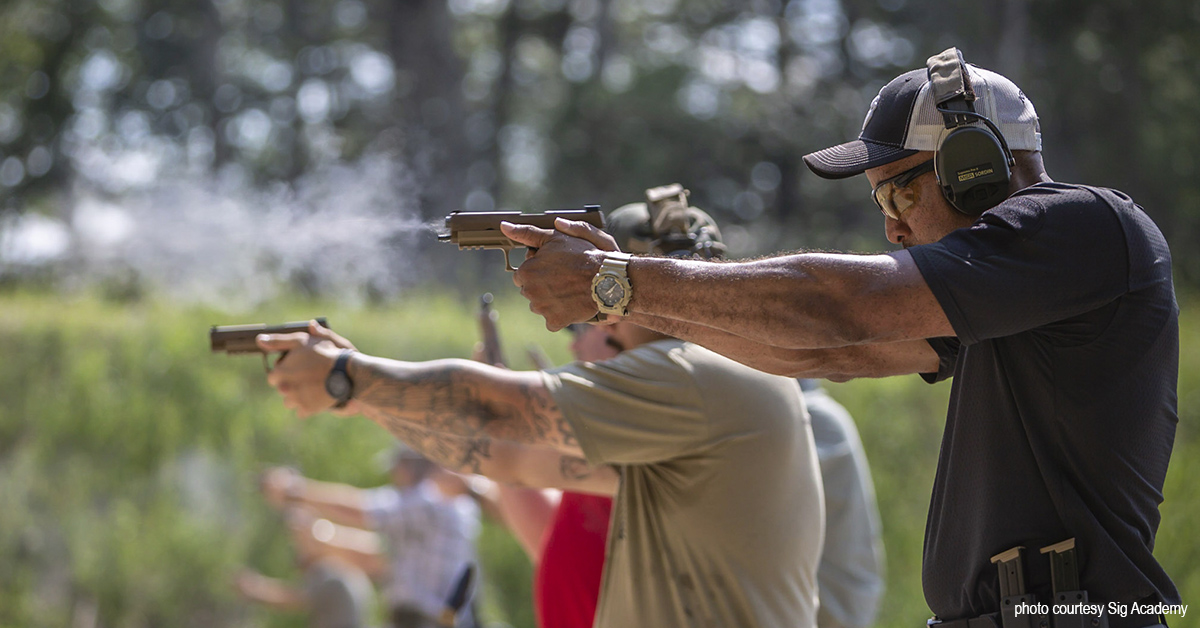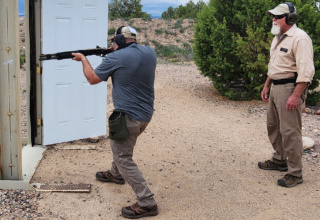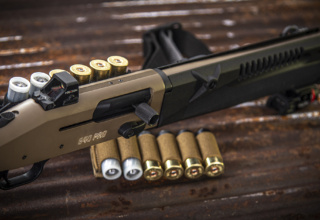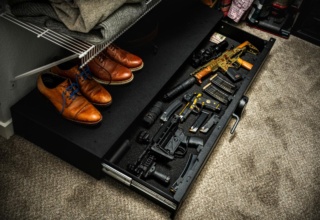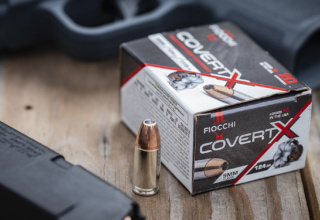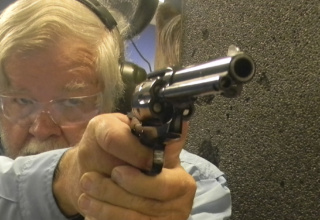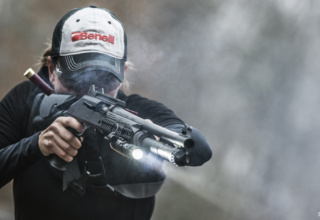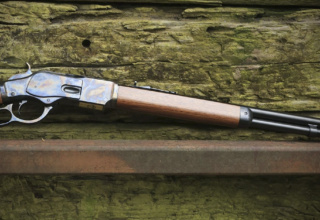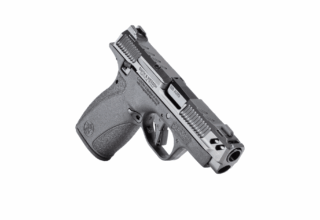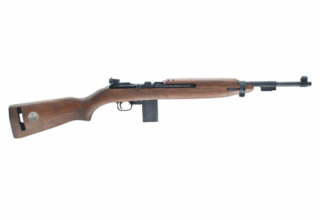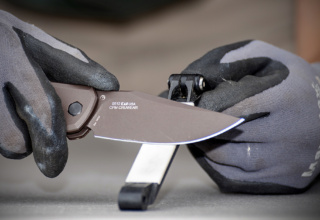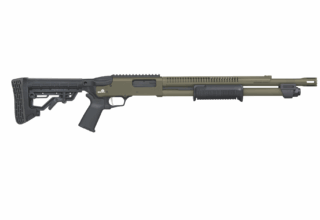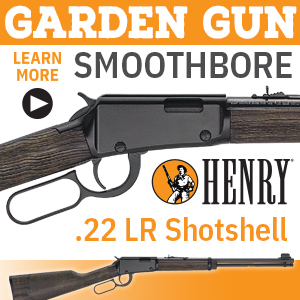Everyday carry limits most of us to the easily concealed handgun, but is that also the best option for home defense? Selecting the best house gun for you presents many variables.
by Bob Campbell
There are more conflicting opinions on what is the optimal “house gun” than ever before. That is understandable given that there are so many firearm platforms and variations to choose from. Social media allows anyone with an opinion to state it to whomever will listen. The blowhard around the barber shop or gun store counter is easily avoided, and so are the Commando Jelly types on YouTube.
The problem for the novice is determining whose opinion is valid.
Consider the worth of the information. Anyone can write but few, though, are authors. For the armed citizen, the situation will dictate the choice.
As an example, a young attorney, then in her last semester of law school and one of my finest students, was sent to a shooting class with a Smith & Wesson Chief’s Special with a two-inch barrel. That’s certainly not the best choice for a 15-yard qualification. This young woman had determination and was the salutatorian of her class. She didn’t care enough about guns but did care about finances, so she was not likely to replace this revolver in the near future. Her carry gun was also her house gun, and probably still is. She described her apartment as tiny, so she didn’t seem badly armed.
Another student’s dad sent her to class with a compact .40 caliber pistol. Another fellow purchased his petite young wife a Kimber 1911 .45 small frame. A gentleman with a surly ego fought his .357 SIG’s blast at every shot and flinched his way to the lowest passing score of the class.
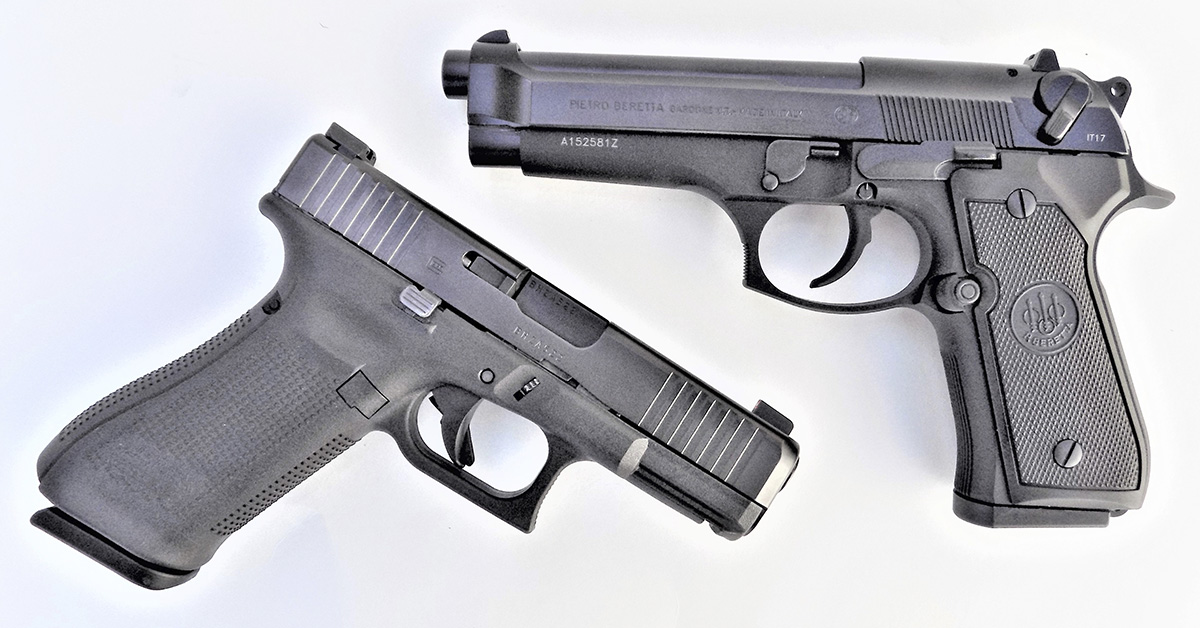
Others debate on the relative merits of the rifle, shotgun, and handgun. Often, a very specialized firearm is recommended. Most successful home defenders prevailed with basic equipment. If you struggle to shoot and let your nerves go haywire, no amount of technology will help. I have studied quite a number of home invasions and have written the reports of the aftermath more than a few times. I think training is what counts, and a plan, any plan, is a defining component of successful defense.
Let’s look at the house gun and at what has worked for other armed citizens.
A house gun is, to my mind, a well-defined defender of the home. A certain niche exists that must be filled. Unfortunately, some try to make a firearm fill every need, whether it is suited to the role or not. You may spend a lot of time installing solar panels and planting horsetails, but you also need to consider the final layer of home security — the house gun.
A great deal of theory and planning must be integrated into home defense. Some things change with time. As an example, a century ago, parlor music was popular. We were finally able to afford a violin or piano for recreation. Cabaret music was louder. Outdoors, an instrument was needed to carry music further. The phonograph pretty much ended parlor music, followed in time by the radio.
Today, some folks try to make their sporting competition and long-range rifles into dual-purpose house guns, and it isn’t always a good choice. Perhaps the house gun was better understood a couple of generations ago.
When I run a firearms class, I like a student who has more questions than I have answers and we make a dig for information together. This brings out real individual needs based on competency, lifestyle, and surroundings. Theory planning and tool selection must integrate.
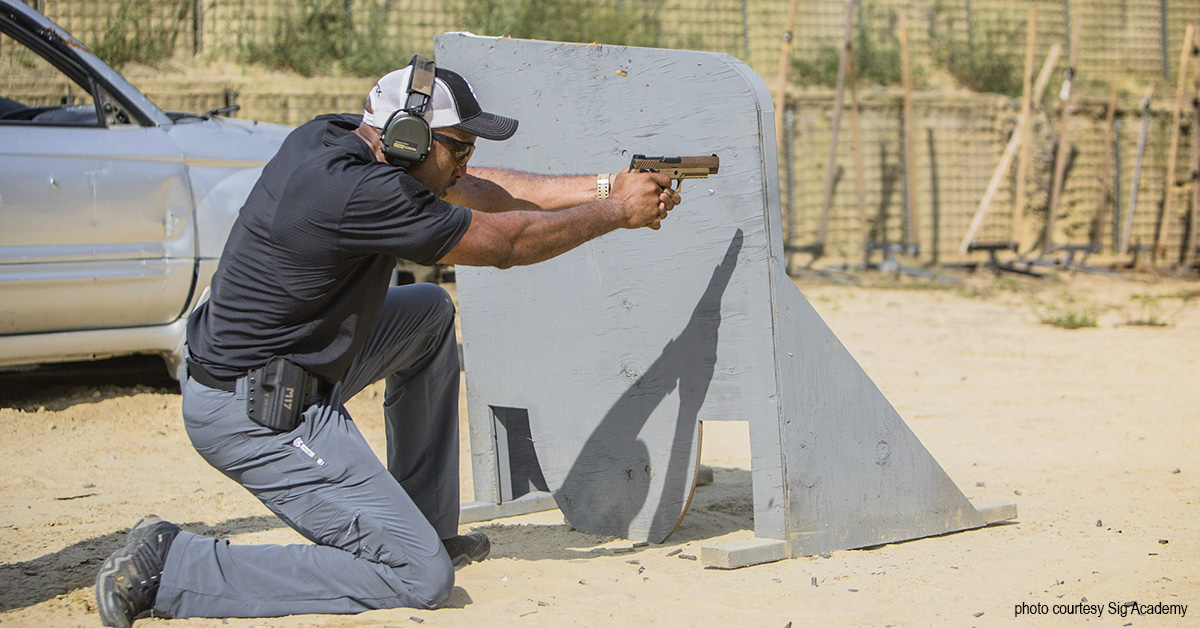
I have a good bit of education, training, and practical experience behind my opinions. Most of the latter are conclusions based on this experience. I would be foolish to train others without this background. Many, though, don’t let a lack of experience get in their way! I know what works and what doesn’t. If you conceptualize yourself as a victim and are fearful, then there isn’t much I can do to help. The defensive mindset is what will matter. Planning is most important. If you have a firearm that works for you, then it works — but the plan is essential.
Crime is monstrously vulgar and demeaning. Victim-specific, or targeted, crimes are most dangerous. As I learned in decades of police work, about half of all home invasions are targeted as opposed to random events. If a burglary occurs and you return to find a few things missing, a couple of drawers askew, and guns, jewelry, and cash missing, it was someone who knew you and your hiding places. A true burglary is not depicted accurately in the cinema.
In a burglary by strangers, the home is truly tossed. Furniture is upended China cabinets thrown over and the contents of drawers emptied on the floor and scattered about as the burglar sifts through for valuable items. They don’t know where valuables are kept so they take the hurricane route. Any possible hiding place will be torn apart.
The old head knows where you hide valuables. Others learn. Many burglaries are perpetrated by dopers looking for drugs. They break into other dope houses. Guns are an excellent currency and have a great deal of value. They do a reconnaissance of sorts.
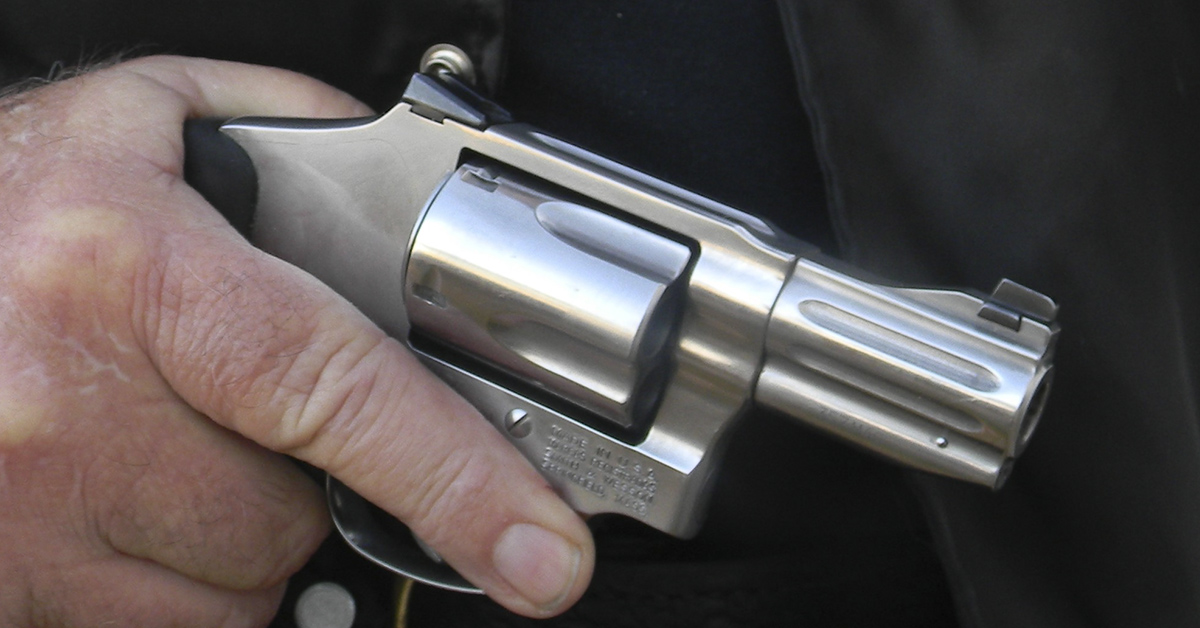
In one incident, a pastor was targeted because of frequent comings and goings at his home. The gang that converged on his home did not figure prayer meetings and counseling school but dope running to be the cause of the activity. Larger organized religious facilities only have meetings on the grounds, but this man was old school. One invader died during the invasion and the pastor’s wife was severely injured.
Quite often a student states they keep a shotgun by the front door or a gun stashed in every room of the house. Usually, this is an older person set in their ways and ready to put up an argument. This is a good means of arming the burglar. It isn’t the safest program if children are present or visit. All it takes is a slip. “Uncle Sid has a shotgun behind the couch,” and everyone in the neighborhood knows it.
I know this information highway well. In police investigations, all it took was to show a young child an unloaded gun and he would tell us Uncle John has one like that under his bed with his dope.
Some say they move the loaded guns stashed about the house to a safe every time they leave the home. That is a great deal of handling loaded guns, and they have more time and discipline than I if they stick to this basis for procedure.
Burglars often are professionals with their method of operation. They have observers in their employ who work for cable and home repair companies. (I am not impugning the reputation of the honest working man — this is straight from the headlines and my friends in law enforcement.) Information on firearms, jewelry, and other firearms is a valuable currency.
In one incident, a contractor made spare keys of the homes he worked in and used them to gain entry and commit a series of sexual assaults. If you walked into my home, you would never know there are firearms in the house. Save for my study — a lot of gun books on the shelf and a safe — there are no visible guns.
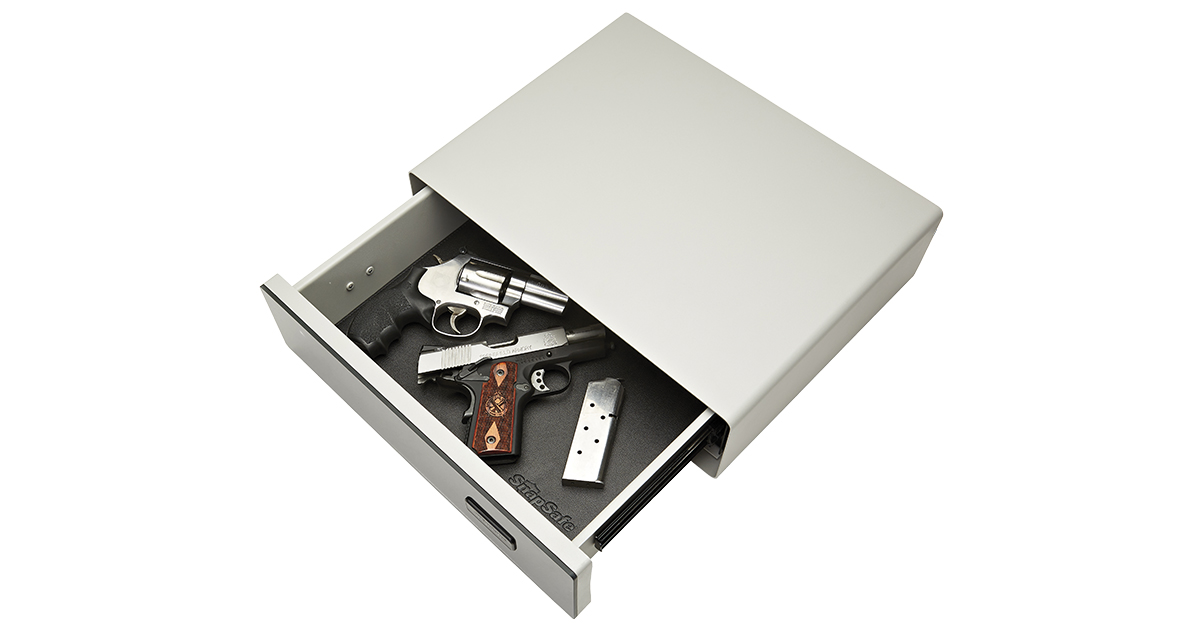
When the student suggests he or she has guns stashed about the house — and this is a composite character of many persons I have known — I suggest why not simply put a handgun in the back pocket at home? If the real, imagined, or perceived threat level is high enough to cache weapons, why not be truly ready for danger?
A snub-nosed .38 instantly trumps a 9mm carbine with combat light and red dot sight that may be on the other side of a home invader. Within the past year, I have read about two homeowners who were killed by home invaders using the homeowners’ guns. One homeowner ran for his gun, but the burglar beat him to it. I could probably find more examples if I tried.
Having a gun in the pocket or on the belt is a good program. I mentioned this in class and one fellow said, “Well, I don’t have to do that because I live in a good neighborhood.” But he has four shotguns stashed about!
Note: if you hide unloaded guns about the house for storage, you may as well leave them in the open in a closet. What you need is a safe.
As for the house gun, what should it be? A house gun isn’t simply chosen based on power, accuracy, and reliability. All of these are important. Reliability is the single most important component of the house gun. Balance and handling, sometimes called heft, are important. It is one thing to handle a firearm well on the range and another to attempt to use the piece in a fast-moving defense. Be certain the gun you choose is well suited to home defense.
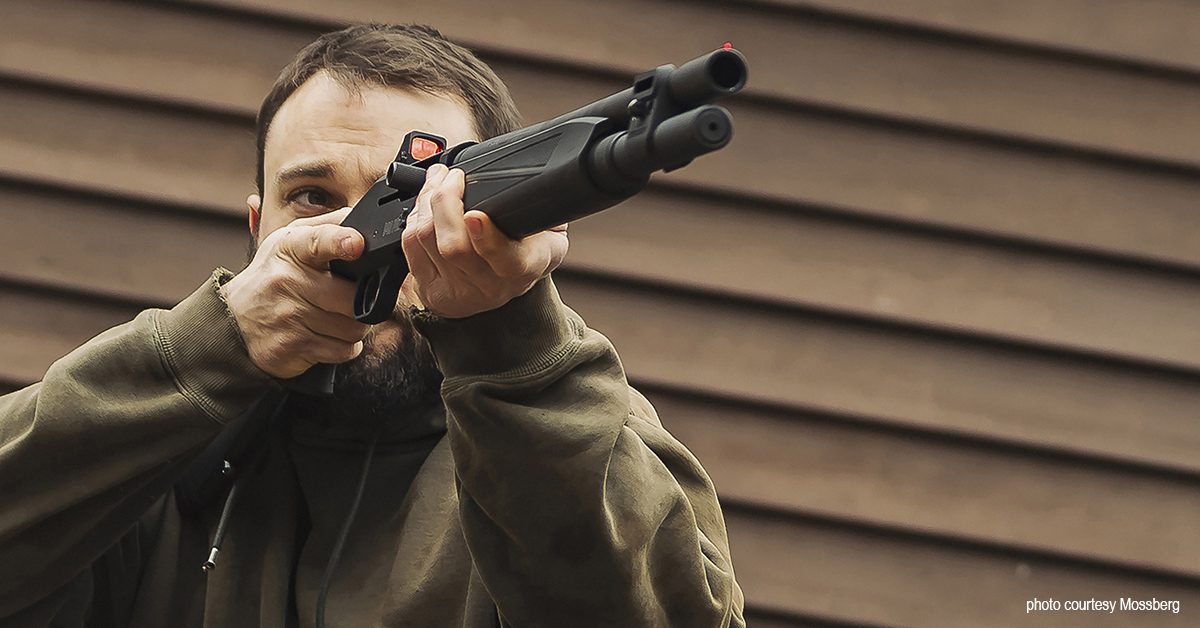
If the hallway is narrow and the living quarters sparse (as both young and old often reside in), a fairly compact handgun makes an excellent tool. After all, the distance to the target is measured in feet not yards. Many a single woman or widow has gained comfort by sleeping with a short-barrel revolver under the pillow. They have weighed the concerns and are aware of the women who have awoken to find a rapist at the foot of the bed. If you have no alarm or no canine to bark and alert you, then you probably need a firearm close to the body when at rest. (Dogs are good alarms if you have the time to train and interact with them. If not, you have a prisoner, not a pet.)
A revolver offers the advantage of having a relatively short barrel that would not allow a gun grabber any leverage compared to the relatively large grip of the revolver. A revolver may be fired when off balance and without a perfect grip and may be pressed into an opponent’s body and fired without danger of jamming.
A reasonable load for home defense is a .38 Special +P. Practice with the least expensive ammunition available and purchase premium defense loads for personal defense. Hornady Critical Defense, Federal Hydra Shock, and Remington JHP loads are top considerations. When the likely threat is one that will close quickly to intimate range, a revolver looks very good.
For a shooter willing to spend the time and expense to purchase and train with a 9mm self-loader, the pistol offers a good reserve of ammunition and rapid follow-up shots. Pistols such as the GLOCK 19, Steyr 9mm, or a SIG P365 are just a few good choices. You must, though, be comfortable with keeping a loaded chamber. If you are not comfortable with a chambered, ready-to-go semi-auto pistol, then back to the revolver you go.
One plus by going with the modern polymer-frame striker-fired pistol platform is that most may be fitted with a combat light, which can be an excellent tool for target identification. You may make another choice once you gain experience.
Long guns are a good choice for home defense provided you have sufficient room to maneuver. A shotgun with a relatively short barrel is ideal. Legal length is at least an 18.5-inch barrel. An 18.5- to 20-inch barrel is ideal for fast handling. Either a 12- or 20-gauge shotgun is recommended. For those with limited physical ability, a .410 bore shotgun is reasonable given proper defensive ammo.
A pump action is preferable, although some will do well with a double barrel. The double barrel ‘coach gun’ breaks open easily and is simple to load and fire. The load should be buckshot for defensive use — birdshot is useful only for small animals. A leather coat will stop birdshot. In home defense situations #1, #4 or #00 buckshot are all good.
The pattern on target at 15 yards doesn’t matter at all for home defense. Over penetration is avoided by hitting the target. If you miss, any firearm capable of stopping a human threat may be dangerous to neighbors. Therefore, shot placement is vital. There are worse things than being shot, and shooting the wrong person is one of them.
I don’t recommend any type of “mini shell.” They are castrated compared to even reduced-recoil buckshot. Mini shells have difficulty functioning in a semi-auto shotgun and can’t always be depended on to cycle in a pump-action. I have yet to see a shotgun of any type fully reliable with mini shells, modified or not. Shotguns with bird’s head-style grips have limited utility and, I think, are a fad that will fade once shooters take them to a range and actually try to hit a target with them.
A rifle for home defense is another option. Many who are familiar with rifles strongly prefer them to a shotgun. The blast and recoil of a shotgun is daunting. Others raised in marksmanship find firing for precision preferable to firing a shotgun. A good friend was an avid proponent of the shotgun for home defense. He has since developed arthritis in his shoulder, so the shotgun went “out the window,” so to speak. He switched to the AR and never looked back.

For rifle defense, a quality semi-automatic .22 Long Rifle loaded with high-velocity rounds like CCI Stingers or a .22 Magnum similarly loaded are among the options. There is no argument for success. In my files are many cases of poor results with .22 caliber pistols. The rifle is another thing altogether. I have six cases of successful home defense with the rifle: seven shots, six stops. All were hit in the arterial region, and two of the shooters were terribly frightened teens.
I prefer something larger than the .22 rimfire, of course, but you cannot argue with success.
Nine-millimeter carbines are perhaps the most ideally suited for home defense of all long guns. Firing a powerful and effective cartridge but with much better hit potential than any handgun, the 9mm carbine makes a great deal of sense. The 9mm gets a little extra velocity in a carbine-length barrel while the true advantage is in hit potential. Smith & Wesson’s FPC is another carbine well worth your exploration. Now we are getting into the territory of firearms useful against a take-over gang or a serious targeted assault.
The AR-15 rifle is America’s rifle. I see the AR in home defense, in competition, and in hunting small- and some medium-size game. Often enough, the same rifle is used in all three roles.
I enjoy firing and using the AR. It is the only firearm featured in this report that may be used in such a wide range of roles. If you wish to own separate rifles for hunting, competition, and home defense, you should. If you make the best of one rifle, or have different uppers for various needs, then you can go that route. It depends on experience and preference.
A red dot sight or a combat light are good tools. Of all centerfire calibers commonly used for home defense — 9mm Luger, .38 Special, .357 Magnum, .45 ACP, and 10mm — the .223 Remington/5.56mm is the least likely to pass through a human body after a center hit. The .223 tends to break up on penetration, providing JSP loads are used. I like the AR for home defense. You may need those 30 rounds if facing a takeover robbery. But the truth is, if you center your hit, the high hit probability of the AR means you will probably fire few rounds in a defensive situation, adding to public safety. All you need is an AR-15 that is reliable. If you live in an urban area, you may rely more heavily on a rifle. For shots that may be taken outside the home, including dealing with dangerous predators, the rifle is superior.
House guns mean many things. I don’t like to have a loaded gun out of my immediate control…say, at the other end of the house. I do keep a single-action .22 loaded with dust shot (snake shot) near the back door to dispatch reptiles. But this revolver is locked away. Some keep a rifle in the safe or in the closet. I think taking a rifle out of the safe and placing it beside the bed, chamber empty, and putting it back in the morning isn’t a bad program. The other folks living in the home may dictate your basis and procedure. Take your time, pay attention to detail, and be safe.
It Must Never End
For most folks, the home defense weapon will be the handgun they carry concealed during the day. They simply put it in a different ready position. That brings us to an interesting point: do you practice quickly getting the firearm into action from its ready position? Do you practice accessing the handgun from under the pillow, or from the table beside the bed? Or reaching for the AR under the bed and charging the rifle? Think that through. A reliable pistol is still a formidable handgun and, incidentally, the firearm you will have on hand when traveling. If traveling and the hotel becomes your home, the pistol on the belt is your “home” defense weapon.
For someone who is basically conflict-averse, I have spent a good portion of my adult life in worst case scenarios and evaluating the aftermath of violent actions. Learning is an unending process. If you don’t train and study, you will be in a false assumption of security.

